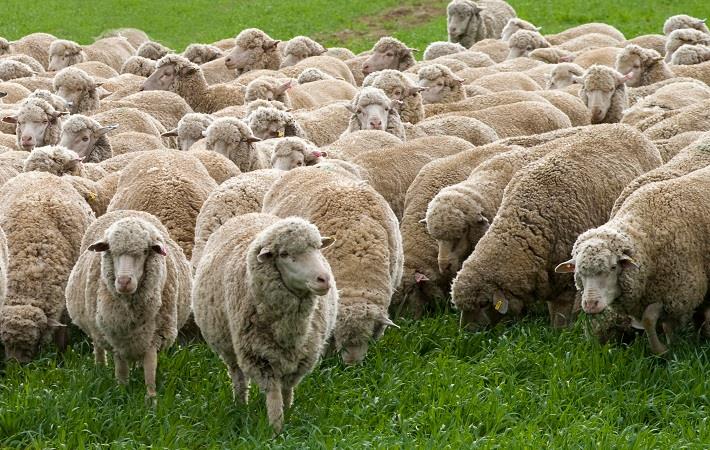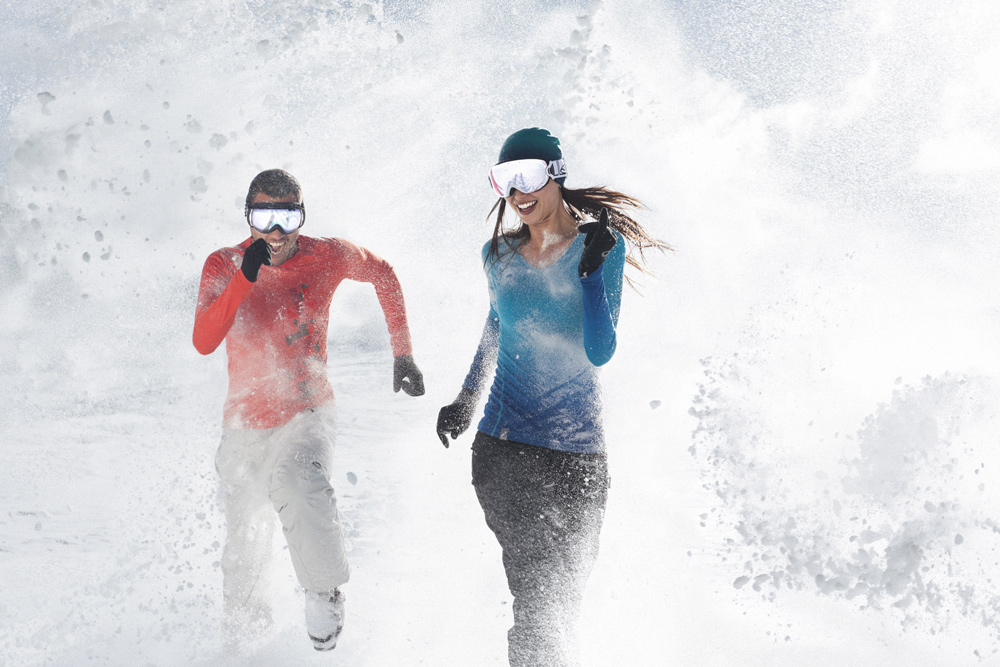Top News To Picking Merino Wool Base Layers For Hiking
Wiki Article
What's The Difference Between Merino Wool And Regular Wool?
Merino wool comes from Merino sheep. They are well-known for their fine and soft wool. There are several ways Merino wool is different from regular wool- Softness Merino wool is softer than regular wool due to the finer fibers of the Merino sheep. The finer fibers make the wool less itchy and comfortable to wear next to the skin.
Merino wool is warm because it traps air inside the fibers. It creates insulation. It's also extremely moisture-wicking and can keep you comfortable even when it's wet.
Durability- Merino wool is more durable than regular wool due to the strength of the Merino sheep's fibers. It is therefore more durable than regular wool and less likely to pill.
Merino Wool is naturally antibacterial, making it resist to odors. It is able to be used for long periods without causing unpleasant odors.
Breathability- Merino Wool is extremely air-tight. It means moisture can escape and it will keep you cool and dry in warmer temperatures.
Merino wool is generally superior quality wool than ordinary wool, and it is often higher priced due to its superior characteristics.

What Are The Various Types And Uses For Merino Base Layers In Clothes?
Due to its remarkable breathability and moisture-wicking properties Merino wool base layers are very sought-after in the clothing industry. Here are a few Merino sheep wool base layers. These light Merino wool base layer are ideal for mild to moderate temperatures. They are typically made of light and breathable materials that are easy to layer under other clothing.
Midweight base layers - Midweight Merino wool base layers are made for use in cooler weather conditions. They are typically made from a thicker and more insulating fabric that provides warmth and comfort in colder temperatures.
Base layers heavyweight- These base layers constructed from thick and heavyweight Merino wool are suitable for cold weather. They are made of heavy warm, warm fabrics that offer insulation and protection from elements.
3/4-length base layers- These 3/4-length Merino wool base layers provide warmth and comfort for the lower body, without adding weight. They're great to layer under pants or shorts during cooler temperatures.
Long sleeves base layers-Long sleeves Merinowoo base layers are made for warmth and ease of wearing. These are generally made of a lightweight, air-tight fabric that is placed under other clothes to provide warmth.
Hooded Merino wool base layers Hooded Merino layers are designed to increase warmth and provide protection. They typically come with hoods that be worn under a helmet or other headgear.
Zip-neck base layers - Zip-neck Merino wool base layers are constructed to allow for easy ventilation and temperature control. They typically have a zippered top that can be opened and closed according to the weather conditions.
Merino wool options for base layers are a variety. They are available in a variety of styles and weights to satisfy the individual's preferences and needs. To ensure that you get the right design and weight it is important to consider the weather conditions as well as the level of activity you're taking part in. Go click here for best base layers near me for site examples.

What Is The Ideal Combination Of Ski Clothing Made Of Merino Wool Or Himalayan Yak?
The combination of Merino Wool and Himalayan Yok wool for the mid-layer of skis will differ according to the weather conditions and personal preferences. Here are some options to consider Merino wool as a base layer and Himalayan mid-layer yak wool This combination is a good option for winter conditions where warmth is a major priority. The Merino wool base layer provides excellent temperature regulation and water management as well as the Himalayan Yak wool mid-layer adds insulation and warmth.
The blend of Merino wool with Himalayan Yak wool in the mid-layer is great for changing weather conditions when you'll require adjusting layers throughout the day. Merino wool can provide warmth and moisture management while the Himalayan Yak wool mid-layer will add insulation when necessary.
Merino wool base layer as well as Merino mid-layer. Himalayan yakwoo mid-layer. This combination is great for extremely cold temperatures or for those who are more sensitive cold. The Merino wool base layer will control temperature and help with moisture management and moisture management, while the Merino Wool mid-layer will provide warmth and help with moisture management. The Himalayan Himalayanyak Wool mid-layer provides an additional layer in warmth and insulation.
Layering is dependent on personal preference. Each person's body type and level of activity, as well as weather conditions will determine the right combination. For optimal mobility and comfort during skiing, layers should be well-fitted and provide full motion. Go get men's ski clothing at koraoutdoor.com for site advice.

Merino And Himalayan Himalayan Yak Wool Are Superior To Cotton Nylon, Polyester, Fleece, And Other Alternatives For Skiwear.
Merino, Himalayan, yak and nylon ski apparel are better than those made from cotton, polyester and nylon. Warmth- Merino, Himalayan, and Himalayan Wool are highly efficient in insulating you, keeping you warm during cold weather. Merino Wool as well as Himalayan Yok Wool offer superior insulation.
Moisture management- Merino wool and Himalayan Yak wool are extremely efficient in managing moisture, that means they'll ensure you are dry and comfortable when you're out skiing. Both fabrics naturally wick moisture away, which means that they draw moisture away from your skin and transfer it to the upper layers of the fabric so that it will evaporate. This is not the case with cotton which absorbs moisture, and can become uncomfortable and heavy when it is wet.
Breathability- Merino wool and Himalayan yak wool are highly breathable, which means that they allow air to circulate throughout the fabric, helping to regulate body temperature and prevent overheating. This is essential since ski clothes allow you to to remain cool while skiing. The contrast is the nylon, polyester and fleece which are less air-tight. They hold heat, moisture and cause you to feel uncomfortable.
Comfort- Merino and Himalayan wools are soft and comfortable and are able to be worn close to the skin. They're also highly elastic and stretchy, which means they are able to move along with your body and permit the full range of motion. The fleece, nylon or polyester can, however, be stiff and uncomfortable. They may restrict your movement and cause discomfort.
SustainabilitySustainable Merino and Himalayan wools are renewable natural fibers which can be recycled and biodegradable. They are a more sustainable choice in comparison to synthetic materials such as nylon and polyester, both of which are made of non-renewable materials and take a long time break down.
Merino wool, Himalayan yak wool, and nylon all have advantages that make them ideal for ski clothing. They are warm dry, breathable, moisture-wicking eco-friendly, and durable which makes them a great option for those who want to stay comfortable and protected while skiing.